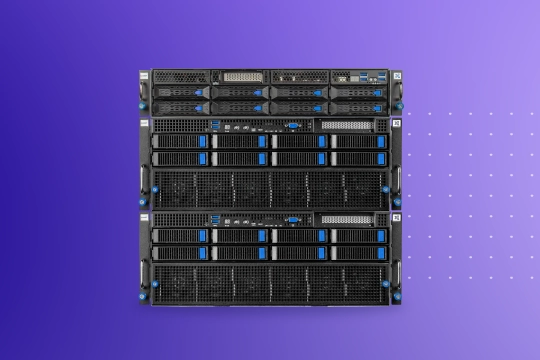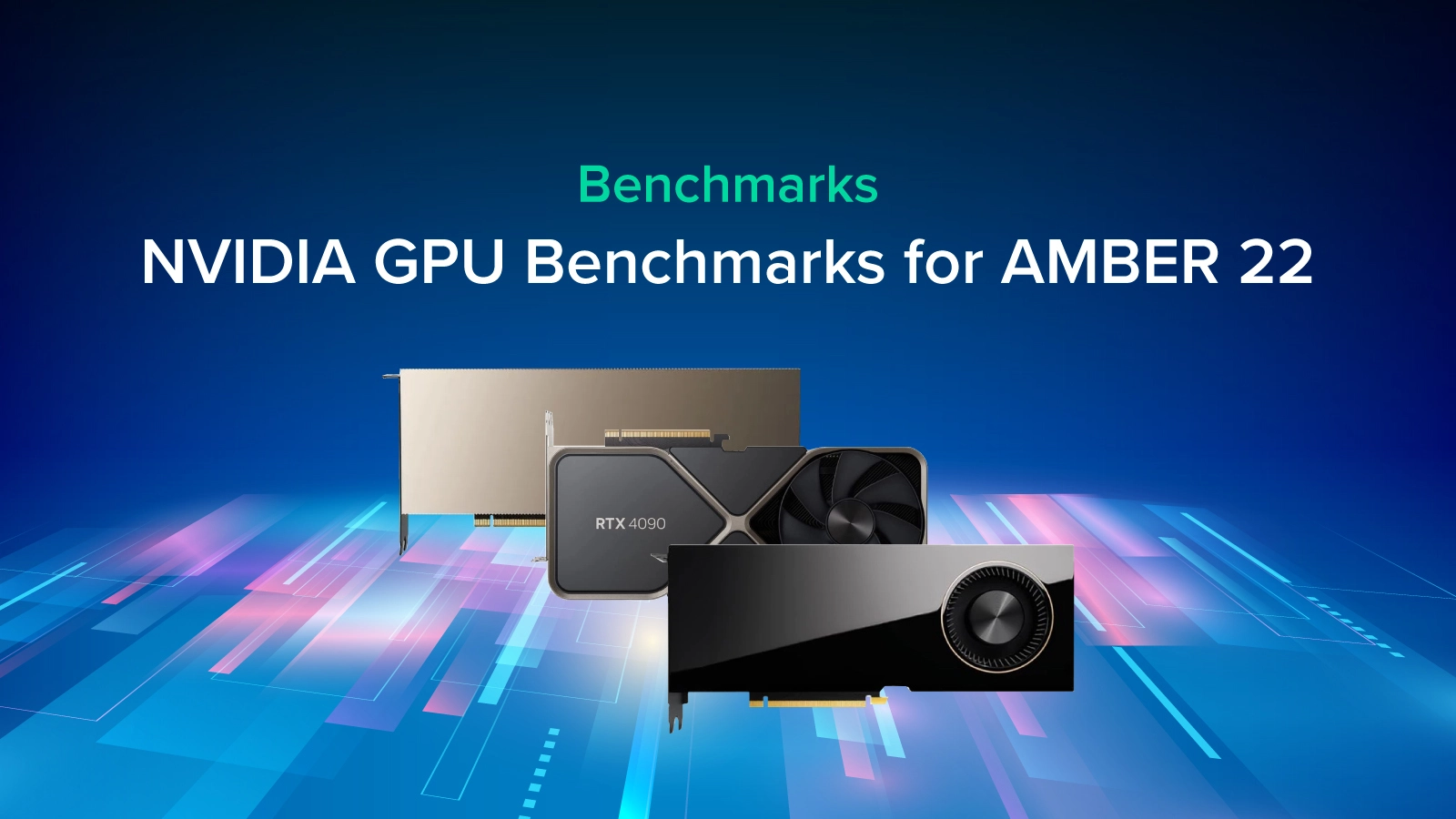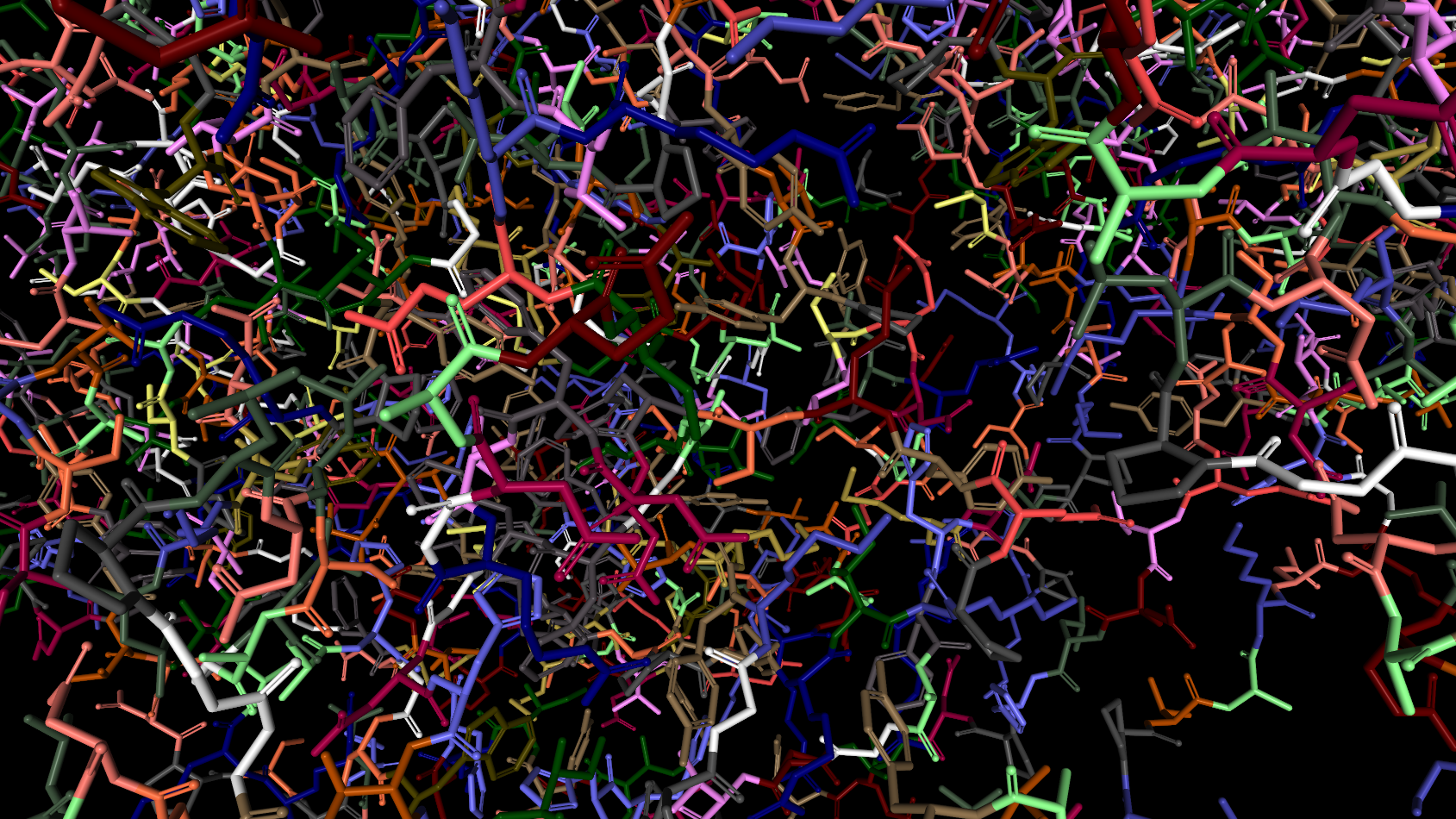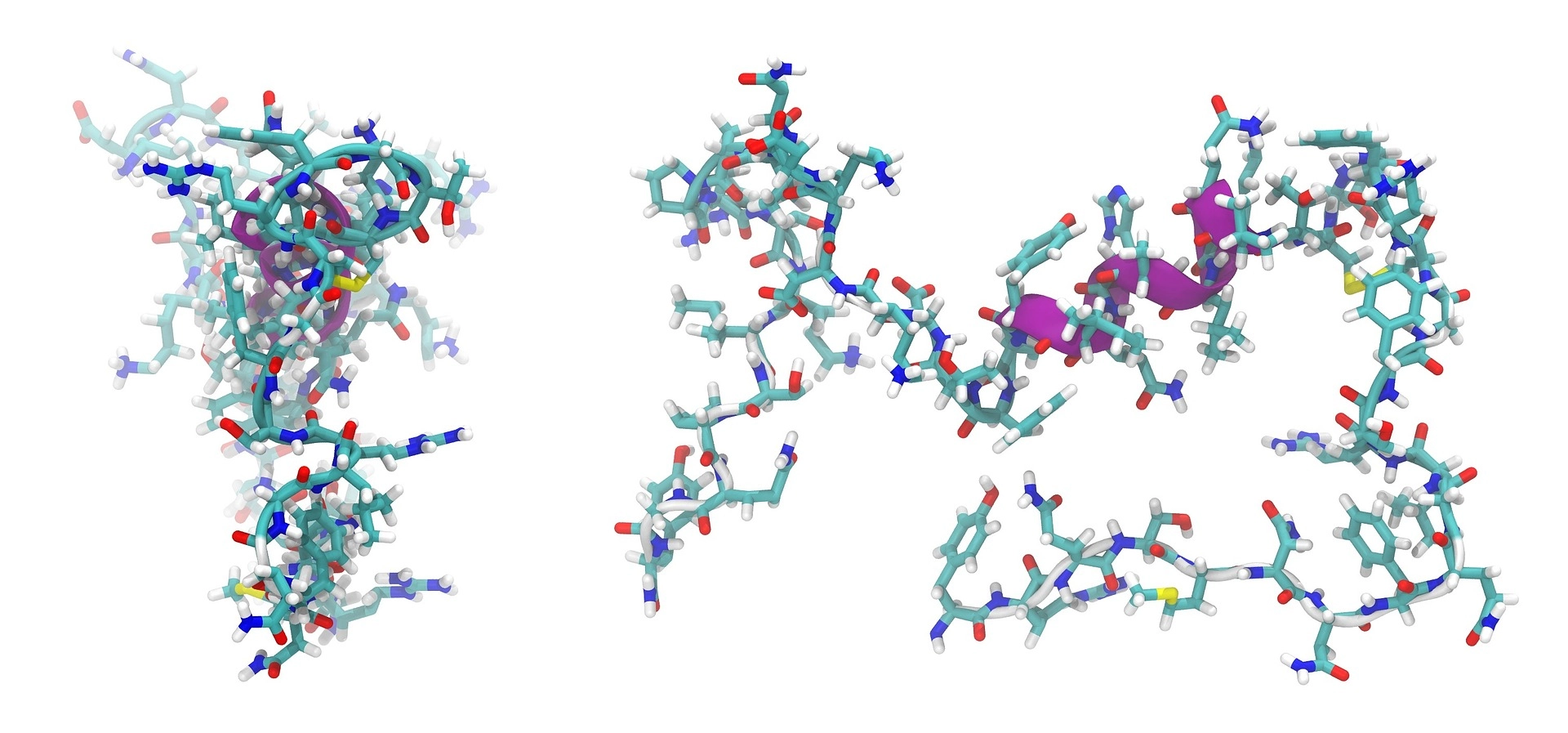Supported Software


Life Science & Molecular Dynamics
AlphaFold
Accurately predict 3D models of protein structures and potentially accelerate research in every field of biology.
Capabilities & Features
Protein Folding
A protein’s shape is closely linked with its function, and the ability to predict this structure unlocks a greater understanding of what it does and how it works. AlphaFold helps solve 50-year-old “protein folding problem” of figuring out what shapes proteins fold into.
Unlock New Possibilities
Stunning potential for AI as a tool to aid fundamental discovery and becoming one of humanity’s most useful tools in expanding the frontiers of scientific knowledge.
Free-Modelling Accuracy
Results open the potential for biologists to use computational structure prediction as a core tool in scientific research. The methods may prove especially helpful for important classes of proteins that are very difficult to crystallize and therefore challenging to be experimentally determined.

Why Use AlphaFold for Protein Structure Predictions?
AlphaFold is the culmination of several years of work and builds on decades of prior research using large genomic datasets to predict structure of proteins. The 3D models of proteins that AlphaFold generates are far more accurate than any that have come before, marking significant progress on one of the core challenges in biology.
The AlphaFold Ecosystem
AlphaFold is part of a community that aims at establishing the current state of protein structure prediction, identifying what progress has been made, and highlighting where future effort may be most productively focused.
CASP
Deep learning approaches to the prediction problem that rely on genomic data have become increasingly popular in the last few years. To catalyze research and measure progress on the newest methods for improving the accuracy of predictions, a biennial global competition called CASP (Critical Assessment of protein Structure Prediction) was established in 1994 and has become the gold standard for assessing predictive techniques.
Evoformer
One of two DeepMind modules that work together to create a prediction of a protein’s structure. Evoformer takes in both the protein’s raw genetic sequence and data about which parts of the DNA code have co-evolved with those found in other proteins for which there is known structure. Neural network blocks then perform a series of manipulations using ML before passing its predictions to the next module.
Structure Prediction Model
Consisting of more neural network blocks, this module performs a series of geometric transformations to further refine Evoformer’s predictions to generate the protein’s likely shape. Further, this module builds up a picture of the protein’s likely “side chains,” which in abstracted 3D images appear as twisty, ribbonlike curlicues that branch off from the main protein backbone.








